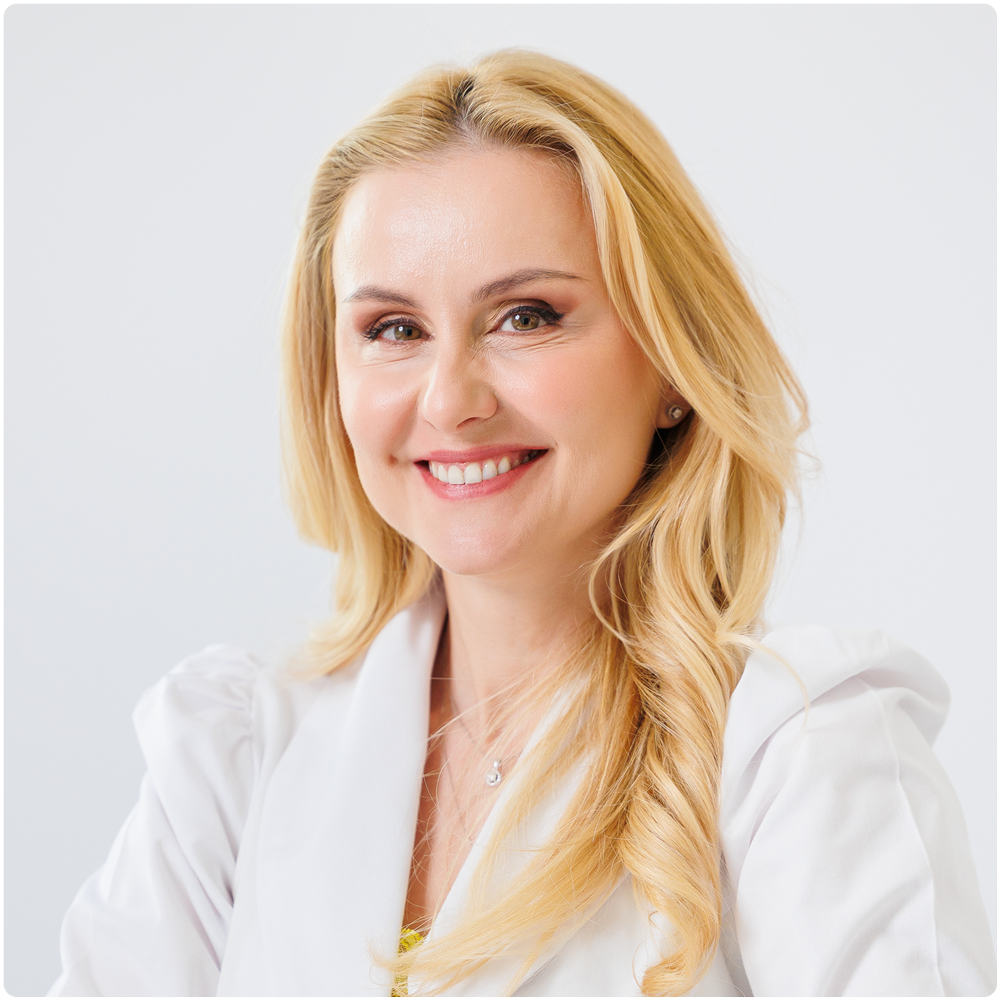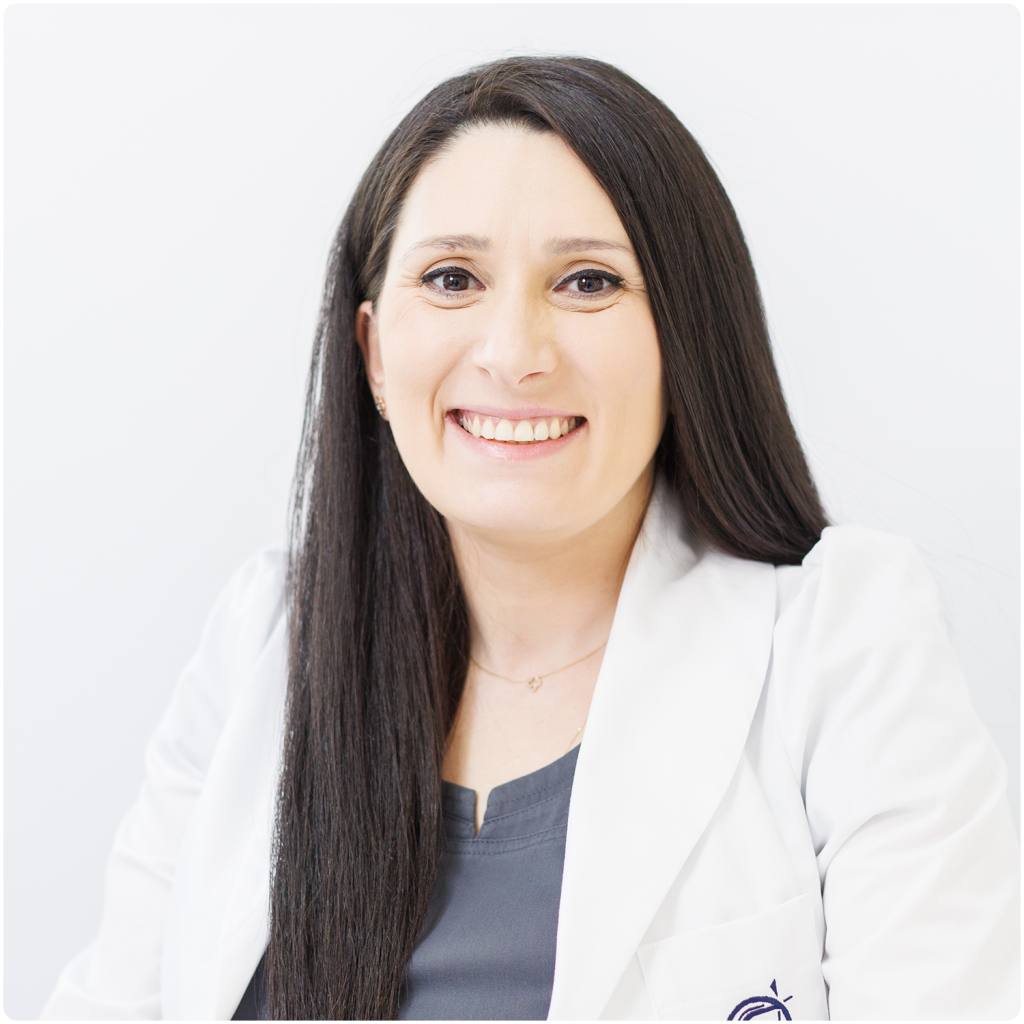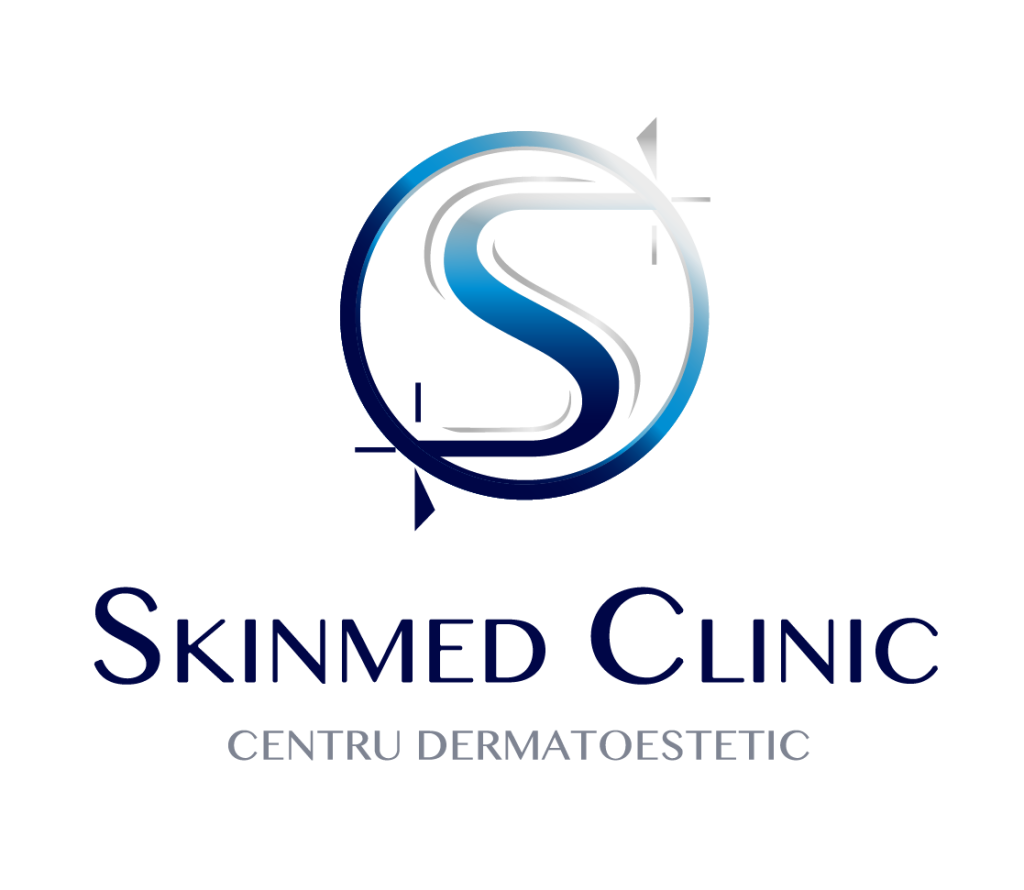SKINMED® specialists help you talk about melasma in the past tense.
Who are we talking to?
Are you experiencing brown spots on your face? These can define melasma, and correct diagnosis, with identification of the causes, is the key to successful treatment of this condition.
Why choose SKINMED® experts?
In SKINMED®, experience recommends us! We have chosen the most effective technologies and designed combined and individualized treatment protocols. Melasma is therapeutically challenging, both to achieve colour uniformity and to maintain the results under UV exposure! At SKINMED®, we successfully achieve these things!
Benefits of treating melasma in SKINMED®
What is melasma and what causes it?
In general, symmetrical reticulated (lattice-like), hyperpigmented lesions with irregular margins located in the mid-facial region, malar (lateral areas of the face), mandible and, less commonly, upper thorax (neck, sternum) and extremities (extrafacial involvement) are clinically observed. Most often, the causes are genetic, with more than half of the cases having a family history of melasma; in addition, exposure to the sun through UV radiation, but also hormonal influences (pregnancy, taking oral contraception or even certain thyroid conditions) play an important role in both the onset and exacerbation of the condition.
Effective anti-elasma treatments in SKINMED®
SKINMED® brand treatments are complex protocols, so we get the best results. Alongside local treatments, we recommend a range of procedures including laser treatments and minimally invasive procedures. The optimal therapeutic protocol will be determined by the dermatologist, taking into account the type and severity of melasma and its history (relapses, previous treatments, etc.).
See details
We use agents such as hydroquinone or non-hydroquinone agents (azelaic acid, kojic acid, niacinamide, tranexamic acid), often in combination. Oral medication is reserved for difficult cases resistant to other treatments.
See details
Chemical peeling is an adjuvant treatment to topical (local) depigmenting agents. Of choice is PRX-T33, an innovative treatment based on trichloroacetic acid, kojic acid and hydrogen peroxide, which combines the benefits of a medium peel (TCA) with no recovery time and no pain. PRX-T33 is a year-round treatment. It can be performed either as a single treatment or in combination with laser therapies for a cumulative effect. It requires no recovery time, as the skin may show mild exfoliation for 1-2 days post-treatment.
See details
Microdermabrasion Oxygeneo Illuminate is a procedure that evens skin tone, improves pigmentation and rejuvenates. Geneo Oxypod is an innovative technology that combines advanced concepts in biology and chemistry in a capsule containing moisturising substances. Serum complements the treatment, aided by ultrasound for optimal penetration. Four sessions are required, spaced 1-2 weeks apart, which can be combined with laser sessions for long-lasting results. The procedure is painless, requires no recovery time and is performed in less than 30 minutes.
See details
Microneedling (mesotherapy) is a treatment that creates a superficial, rapidly reversible injury that triggers a healing response in the skin by stimulating collagen and elastin synthesis. It will also create multiple permeable channels for the active depigmenting substances applied to the skin during the procedure. Typically 4-6 sessions are required, performed at an interval of 2-4 weeks and maintenance sessions at a frequency determined by the dermatologist. The procedure has minimal recovery time and must be combined with strict photoprotection and local depigmenting treatment.
See details
Laser therapies are the latest line of treatment for melasma and are highly effective in combination with topical depigmenting therapy. ClearLift is a non-ablative laser that helps to regenerate the skin by stimulating collagen production and cell renewal, as well as depigmentation. A series of 4-6 sessions is generally required. The CO₂ laser creates micro-injuries with a regenerating effect on the integument and removal of hyperpigmented areas. It can be combined with chemical peeling to enhance the depigmenting effect. It involves local inflammation after treatment, so in the case of melasma, it is necessary to prepare the complexion beforehand and follow the treatment with topical agents for at least 3 months. It requires a short recovery time (5-7 days) and 2-4 sessions, spaced every month, exclusively in the cold season. It is reserved for severe cases and requires careful evaluation.
Doctors EXPERT in the diagnosis and treatment of melasma
In SKINMED®, you will find highly experienced medical specialists working with the latest results of medical research on prevention and treatment, using state-of-the-art medical equipment and products. We look forward to meeting our doctors for a treatment tailored to your needs!
Radiant complexion, rejuvenation and improved appearance, in SKINMED®.
Advantages SKINMED®
Experience
- Over 19,000 patients treated in the clinic
- Over 300 new patients every month
- Over 3,500 new patients annually
- Over 20,000 treatments per year
Credits
- FOTOFINDER-accredited Centre of Expertise in the Diagnosis and Treatment of Skin Cancer
- ALMA LASER accredited laser treatment centre of expertise
- ALLERGAN accredited centre of expertise in Aesthetics and Medical Injecology
Safety
- Only world-class accredited technologies
Other treatments you might be interested in
Frequently asked questions
What is melasma?
Melasma is a common skin condition that induces facial hyperpigmentation, most often on the cheekbones, forehead, or upper lip. Sometimes it can also appear on the neck, arms and other areas of the body.
What causes melasma?
Melasma is caused by an overproduction of melanin, the pigment that gives colour to the skin. Hormonal changes, sun exposure and genetics can all contribute to the development of melasma. Pregnancy and taking oral contraceptives are the two most common causes of this condition.
What are the treatment options for melasma?
Treatment options for melasma include topical creams, chemical peels, minimally invasive procedures and laser therapies. Topical creams such as hydroquinone, retinoids and corticosteroids can help reduce the appearance of melasma. Chemical peels and laser therapy can also be effective in treating melasma by removing the top layers of skin.
Can Melasma be prevented?
Preventing melasma involves avoiding sun exposure and using a broad-spectrum sunscreen with SPF 50 with proper daily application. Wearing a wide-brimmed hat and protective clothing can also help prevent melasma.
Is melasma a permanent condition?
Melasma can be a stubborn condition and its management may require ongoing treatment. However, with proper treatment and prevention measures, many patients are able to improve the appearance of their skin and reduce the recurrence of melasma. At SKINMED®, we've been able to restore skin brightness while maintaining results over time! Understanding the mechanism of occurrence of this condition, with experience accumulated over the years, SKINMED® doctors have the best solutions for melasma!






